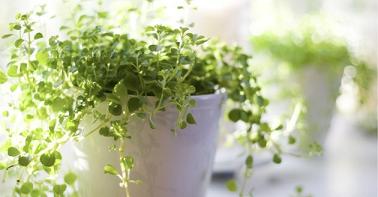 We’ve seen how one oak tree has many qualities. This oak isn’t exceptional. All species are just as multitalented, albeit in different ways. What good does this knowledge do us? Granted that a plant can harvest rain, build soil, attract insects, and do umpteen other things, how do we use this in our yards?
We’ve seen how one oak tree has many qualities. This oak isn’t exceptional. All species are just as multitalented, albeit in different ways. What good does this knowledge do us? Granted that a plant can harvest rain, build soil, attract insects, and do umpteen other things, how do we use this in our yards?
When we understand a few of the: roles that a particular plant can play, we can place that species so that it complements what is nearby. Any given I plant can have a positive or negative relationship with nearby plants, animals, structures, and limitations of soil, light, wind, and water. Acknowledging and using these relationships can benefit the plant, Its neighbors, the environment, and, not incidentally, the gardener.
We can choose plants according to function- , and not just one function. These multiple and often overlapping uses of plants allow us to have some real fun in garden design. For example, if a yard contains a dry spot in poor soil under a shade tree, that’s a perfect place for a drought and shade-tolerant, nitrogen-fixing shrub such as indigo (Indigofera tinctoria), which incidentally is a good “green manure” plant and attracts insects to its lovely purple blossoms. Other nitrogen-fixing shrubs can take extreme cold, such as Siberian pea shrub (Caragana arborescens)j there are drought tolerant, nitrogen-fixing shrubs that revel in full sun and buzz with bees such as wild lilac (Ceanothus spp.) and Dyer’s greenwood (Genista tinctoria).
Plant functions can be combined in just about every permutation you could ask for. Want an insect-attracting, deerproof, and edible flower with medicinal properties? Try bee balm (Monarda didyma). For a plant that yields salad greens and poultry forage and has roots that break up clay soil and make a coffee substitute when roasted, use chicory (Cichorium intybus). How about a nitrogen fixing shrub that is great for erosion control and hedges, with edible berries that are packed with vitamin C? That would be sea buckthorn (Hippophae rhamnoides). The combinations can even be whimsical. At a recent workshop, one student listed twenty medicinal plants that could also be used for toilet paper.